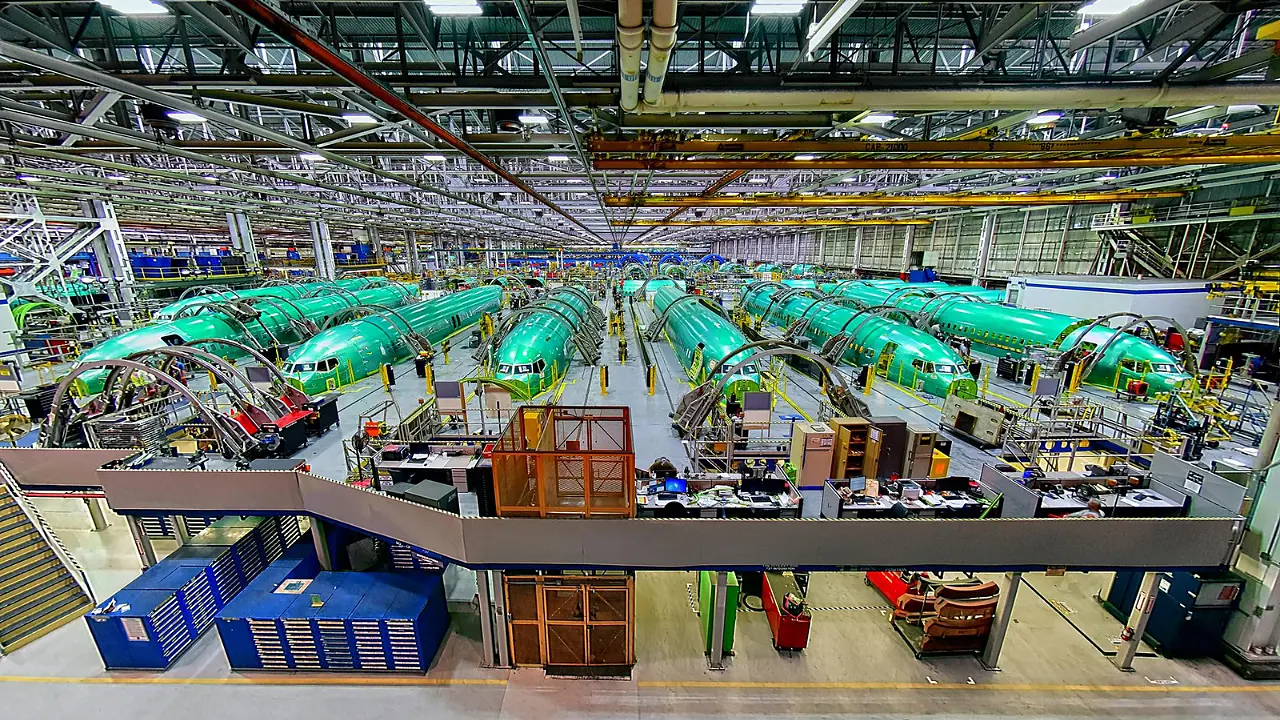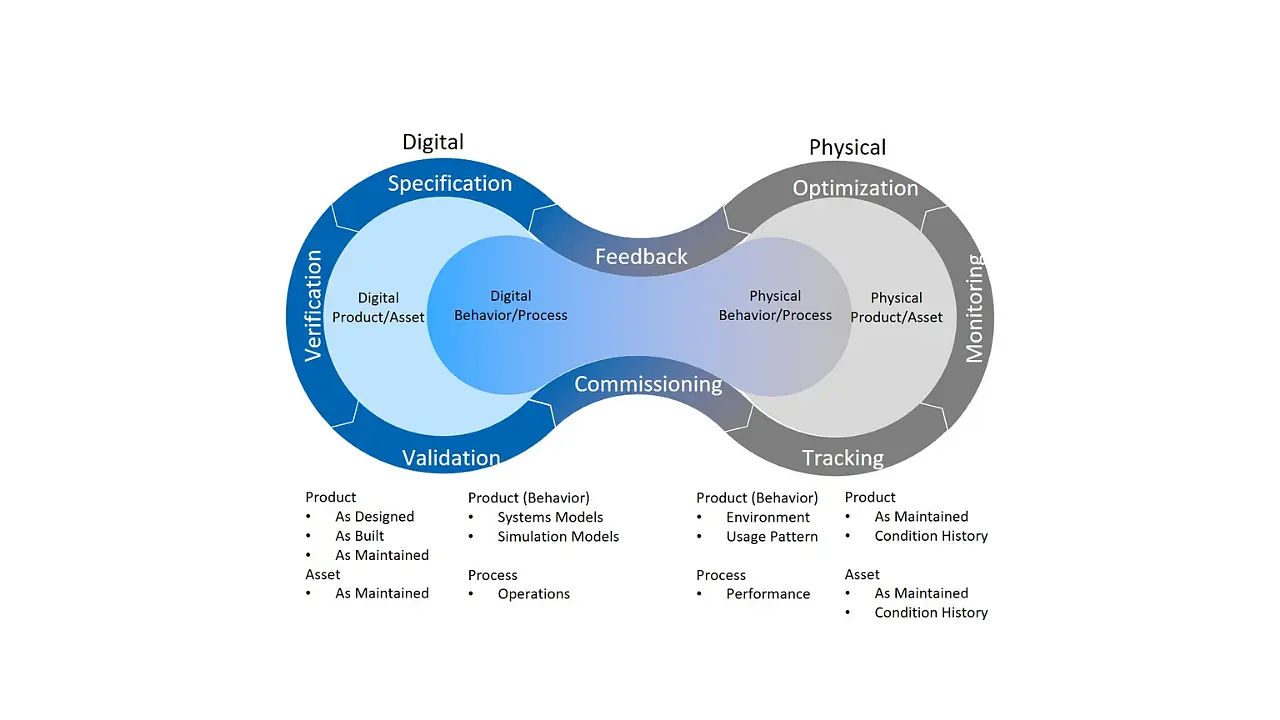
The dramatic impact of the COVID-19 pandemic is driving aircraft manufacturers and suppliers to introduce even greater efficiencies in their supply chains.
Aircraft manufacturers, aerospace OEMs and their industry partners will have to work closer than ever with each other with increased use of simulation and greater access than ever before to share knowledge and know-how.
According to Dassault Systèmes, digital-to-physical manufacturing technologies, such as automation and the use of the 3D Experience twin, can dramatically speed up the design process and the production and delivery of end-use products.
The recently concluded AIREXPERIENCE virtual event organised by Dassault Systèmes provided interesting insights into the latest technological developments and innovations transforming aerospace supply chains. Spirit AeroSystems is one of the world’s largest Tier-1 suppliers and manufacturers of aerostructures for commercial and defence aircraft. The company, based in Wichita, Kansas, USA, has facilities all over the globe and is a key supplier of aircraft fuselages, pylons, nacelles and wing components.
Sarah West, IT PLM Centre of Excellence Manager, Spirit Aerosystems, said, “Spirit successfully upgraded to 3D Experience platform 2020X earlier this year; our largest overall impact since completing our platform upgrade this year has been performance. We have seen performance upgrades in speed, response time and more streamlined processes of up to 25% across the entire platform. Additionally, by becoming 3DS ready, we are better positioned to work with new customers using simulated technology.”

The shift to Additive Manufacturing (AM) is also providing good results. Inspection times for European airframer Airbus were reduced to just three days from the three weeks earlier after it gave assembly workers access to complete 3D models of aircraft in production by integrating digital mock-ups into production environments.
Aerospace firm Lockheed Martin was able to slash its timeline to just three months instead of two years earlier for the delivery of giant titanium domes that served as caps for satellite fuel tanks when it switched to AM. In an example from the automotive world, access to rapid prototyping has allowed Ford to shave weeks from the time taken for vehicle design as prototypes now make extensive use of AM, which takes a few hours to deliver components as compared to four to six weeks earlier by typical machine tooling operations.
Digital thread to revolutionise how companies do business
Spirit is now moving forward with an ambitious transformation programme called ‘Spirit 1’ for which it has partnered with Dassault Systemes and Infosys to create its own ‘Digital Thread.’ The digital thread is a whole new approach on how to manage data and holds tremendous promise. As one of the industry’s largest suppliers, Spirit faces unique challenges in that each of its customers who are spread across different geographical locations uses various systems and several versions of different systems to deliver on their orders. The challenge here is that all this data is a little different from the other.
“One of the primary issues that we are going to be looking at how to solve is how do we integrate more closely with each of our customers so that we can create a holistic digital thread while still being able to maintain our own standardised set of tools for internal optimisation,” said Dustin Yoder, Strategic Project Manager, Spirit AeroSystems.
Aerospace firms have traditionally managed their own IT systems, and many are handicapped by inefficient legacy technologies and siloed processes that aren’t set up to manage to shift customer expectations and unprecedented technological changes. Teams across aircraft design, product development, manufacturing and maintenance generate enormous amounts of data for which there has been no easy or affordable way to date, which allowed the data between all of those systems to be shared seamlessly.
Efficiency through commonality
A digital thread also helps integrate the various process in the shop floor with various systems and applications across MES systems, PLM systems and ERP systems that can now be integrated seamlessly, with a single source of truth concerning data. Another vital benefit will be the ability to incorporate changes at a pace simply not possible before.
Standardising data across functions is a critical necessity for Spirit. To be cost-competitive and produce high-quality products, the data across its production systems and processes must be consistent. “The digital thread promises to modernise our environment by connecting all of these formerly segregated systems so we can generate analysis that simply could not be done before,” Yoder said.
Many of the company’s customers are now beginning their digital thread journeys. Once Spirit has implemented its digital thread, it will have the flexibility to feed its production data back into any of the systems belonging to its partners/customers to support those initiatives. In addition, with the digital thread, Spirit and its customers will be able to identify new cost-saving opportunities and build higher quality products by unlocking greater operational efficiencies.

